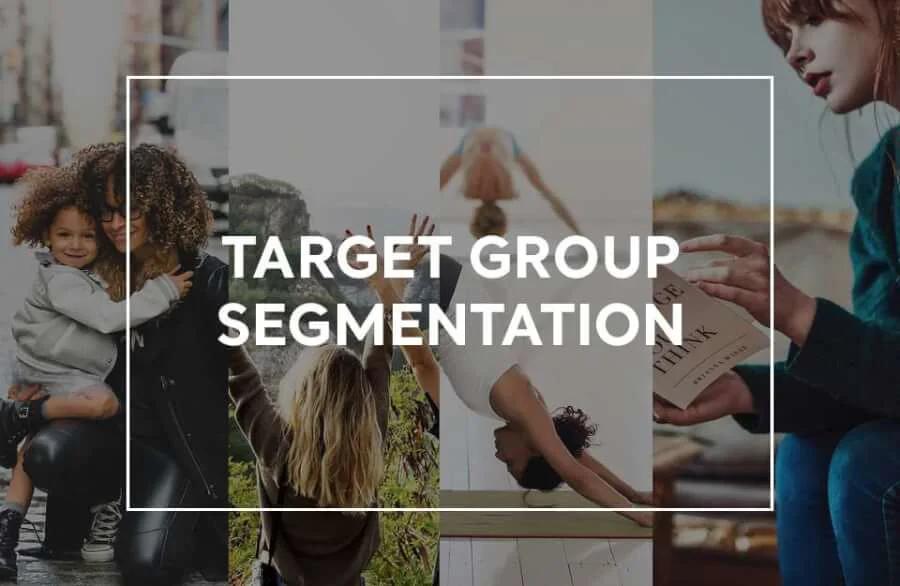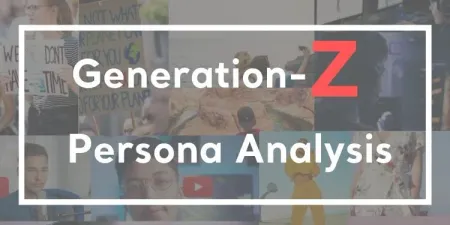How to Find Most Related Segments for a Brand’s Target Group
Jan 07, 2026 - 5 minute read
Segmentation /sɛɡmɛnˈteɪʃ(ə)n/
Division into separate parts or sections.
Market segmentation is a natural result of the vast differences among people. - Donald Norman
Introduction
There is no single product on Earth that appeals to everyone. This shared knowledge is the reason why marketers segment their target audience. They create smaller target customer groups based on many factors such as age, sex, location, interests, etc. However, not all of these segments are equal when it comes to marketing. Depending on many different factors, some of these segments are more relevant than the others, in a given situation. Knowing the most related segments for your brand might be the only difference between a successful marketing campaign and a complete waste of money.
What is Market Segmentation?
Market segmentation is the act of dividing your target customer market into smaller groups. The goal here is to create more manageable groups based on similarities. If done correctly, all people in the same segment should have similar characteristics, and they should respond the same way to a particular marketing strategy. Market segmentation is especially crucial for brands who have a product or service that addresses more than one specific type of customer.
What Are the Most Common Segments?
The most common segments used in marketing are geographic, demographic, psychographic, and behavioral.
Geographic segmentation targets customers based on geographic boundaries such as cities, countries, and even continents. Even though with social media, it's so much easier now to reach all people from different geographic segments at the same time, their response to marketing communication may vary based on their location. Therefore, this type of segmentation is still very relevant, mostly because it may affect the other segments.
Demographic segmentation divides the potential market through variables like age, gender, occupation, level of education, etc. This segmentation is one of the most popular ones. Since demographic information is relevant for a broad spectrum of products and services, it’s used very heavily by marketers.
Psychographic segmentation is another popular one. It includes traits such as opinions, interests, values, and motivators of your ideal customer. Since most of these traits are very strong, psychographic segmentation is crucial, especially when it comes to creating brand loyalty and brand affinity.
Behavioral segmentation is interested in how customers behave when it comes to decision making and buying processes. For example, some people are most likely to leave negative feedback online if they are not happy with a product, while some just quietly stop using it. Knowing how your ideal customer behaves in certain circumstances is very important for your business.
How to Find Related Segments for Your Brand's Target Group?
Not all segments are equally relevant. Depending on many factors, some segments are more important for your brand’s target group than the others. There's no one secret formula to knowing them, but there are critical questions that their answers will tell you which segment to concentrate on.
1. Needs
The first question to ask is, “Are the members of this specific group have different needs?” The most basic example is that men and women have different needs. If you’re selling hygiene products for women, segmentation based on sex is the most important one for you. Another example is if you own an online book store, a geographic segment won’t be as relevant as a demographic one. That’s because people can easily go to your website and buy a book online no matter where they are living. However, their level of education will determine if they have the compelling need to read regularly. So, in this case, the segmentation based on their education level is more related to your brand's target group.
2. Source of motivation
Another important question when it comes to rate segments is that if the criteria of that segmentation are the most critical motivation to the target group. Here is how it works. After defining your target audience, and analyzing them, you’ll know if your ideal customer is likely to make decisions based on their interest, the interests of people they admire, or their political views, etc. If your customer profile tells you that their political view is so much important for them than their interests, the segmentation based on their top 5 interests won’t matter much to you, because it’s not what motivates them to act.
3. Volume
This one is practical. The volume of a segment affects how relevant it is. If a segment is not large enough, it most likely doesn’t make sense to target it. For example, if your consumer research tells you that a segment is too small, it might not be wise to spend money to reach them. However, if this small segment has other essential traits such as influence or wealth, it’s a different story. If a segment is small in volume, but the members of it have a considerable ability to influence other segments, it would be a great idea to spend money on targeting them.
4. Stability
A criterion which is sometimes undervalued is the stability of the segment. If a segment is relevant today, but their needs are not stable enough to remain the same, this segment might not be an ideal target to have long term strategies on. Another problem with unstable segments is that to be able to target them regularly, you’ll have to change your strategy frequently, and this will make it challenging to create a brand characteristic, which is crucial for most of the customers.
If you’d like to know more, let’s start with a call! You can always reach us via Contact Sales Page, or you can book a call via Calendly.








